350-201 Cisco Performing CyberOps Using Core Security Technologies (CBRCOR) Free Practice Exam Questions (2025 Updated)
Prepare effectively for your Cisco 350-201 Performing CyberOps Using Core Security Technologies (CBRCOR) certification with our extensive collection of free, high-quality practice questions. Each question is designed to mirror the actual exam format and objectives, complete with comprehensive answers and detailed explanations. Our materials are regularly updated for 2025, ensuring you have the most current resources to build confidence and succeed on your first attempt.
Refer to the exhibit.
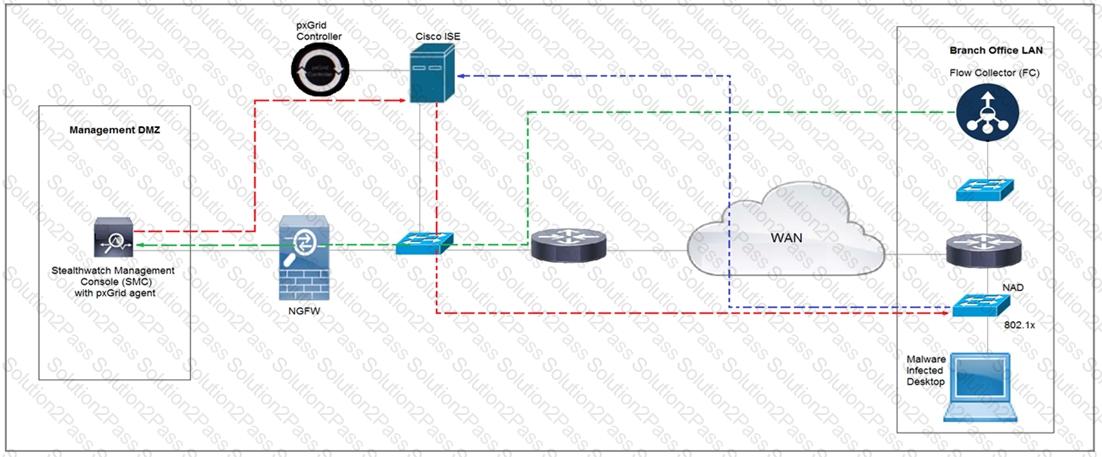
Rapid Threat Containment using Cisco Secure Network Analytics (Stealthwatch) and ISE detects the threat of malware-infected 802.1x authenticated endpoints and places that endpoint into a quarantine VLAN using Adaptive Network Control policy. Which method was used to signal ISE to quarantine the endpoints?
An engineer is going through vulnerability triage with company management because of a recent malware outbreak from which 21 affected assets need to be patched or remediated. Management decides not to prioritize fixing the assets and accepts the vulnerabilities. What is the next step the engineer should take?
An organization installed a new application server for IP phones. An automated process fetched user credentials from the Active Directory server, and the application will have access to on-premises and cloud services. Which security threat should be mitigated first?
The physical security department received a report that an unauthorized person followed an authorized individual to enter a secured premise. The incident was documented and given to a security specialist to analyze. Which step should be taken at this stage?
The SIEM tool informs a SOC team of a suspicious file. The team initializes the analysis with an automated sandbox tool, sets up a controlled laboratory to examine the malware specimen, and proceeds with behavioral analysis. What is the next step in the malware analysis process?
A SOC team receives multiple alerts by a rule that detects requests to malicious URLs and informs the incident response team to block the malicious URLs requested on the firewall. Which action will improve the effectiveness of the process?
Refer to the exhibit.
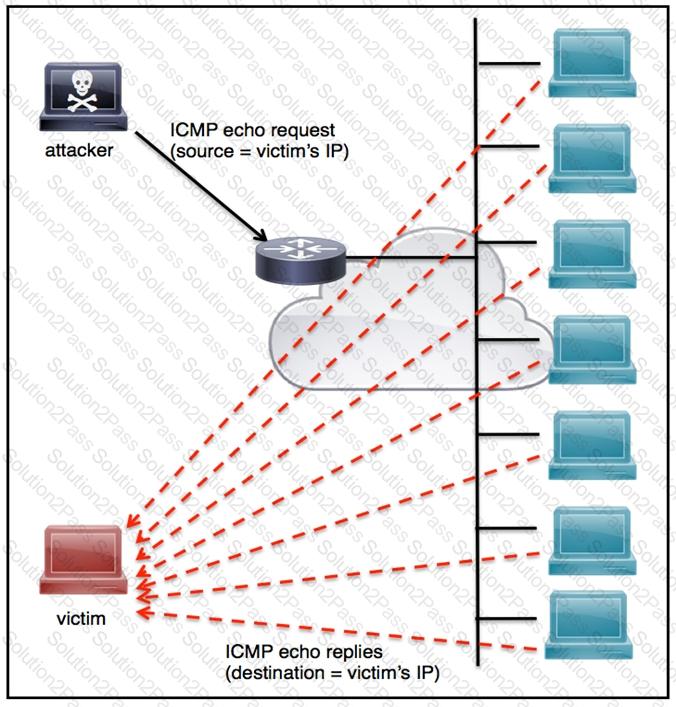
An engineer must tune the Cisco IOS device to mitigate an attack that is broadcasting a large number of ICMP packets. The attack is sending the victim’s spoofed source IP to a network using an IP broadcast address that causes devices in the network to respond back to the source IP address. Which action does the engineer recommend?
The incident response team receives information about the abnormal behavior of a host. A malicious file is found being executed from an external USB flash drive. The team collects and documents all the necessary evidence from the computing resource. What is the next step?
How is a SIEM tool used?
Which action should be taken when the HTTP response code 301 is received from a web application?
Refer to the exhibit.

An engineer received a report that an attacker has compromised a workstation and gained access to sensitive customer data from the network using insecure protocols. Which action prevents this type of attack in the future?
Refer to the exhibit.
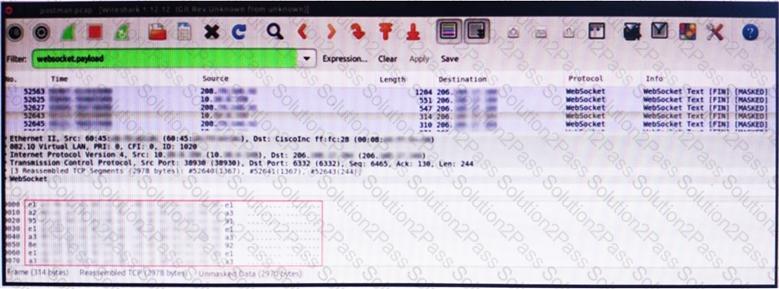
An engineer is analyzing this Vlan0386-int12-117.pcap file in Wireshark after detecting a suspicious network activity. The origin header for the direct IP connections in the packets was initiated by a google chrome extension on a WebSocket protocol. The engineer checked message payloads to determine what information was being sent off-site but the payloads are obfuscated and unreadable. What does this STIX indicate?
Refer to the exhibit.
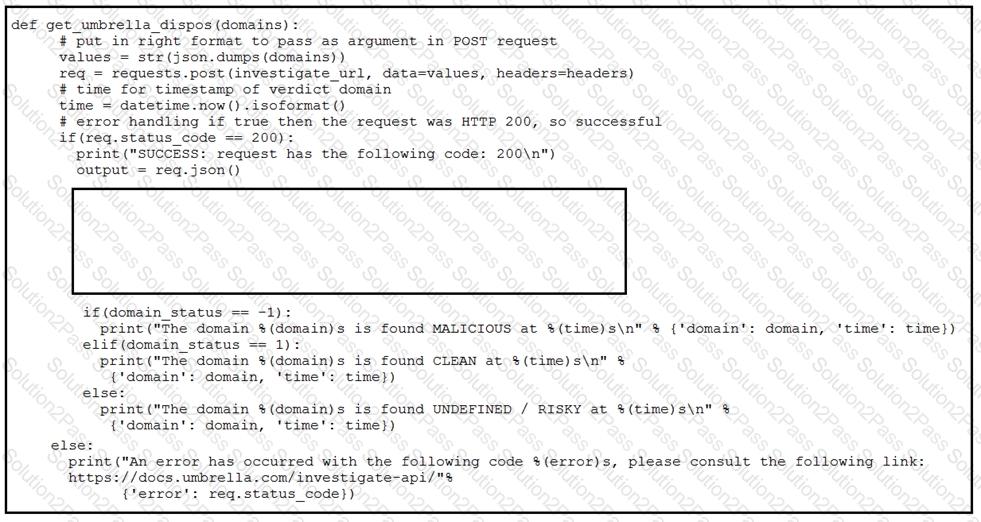
Which code snippet will parse the response to identify the status of the domain as malicious, clean or undefined?
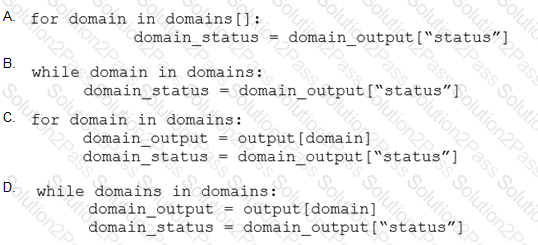
A SOC analyst is investigating a recent email delivered to a high-value user for a customer whose network their organization monitors. The email includes a suspicious attachment titled “Invoice RE: 0004489”. The
hash of the file is gathered from the Cisco Email Security Appliance. After searching Open Source Intelligence, no available history of this hash is found anywhere on the web. What is the next step in analyzing this attachment to allow the analyst to gather indicators of compromise?
Refer to the exhibit.
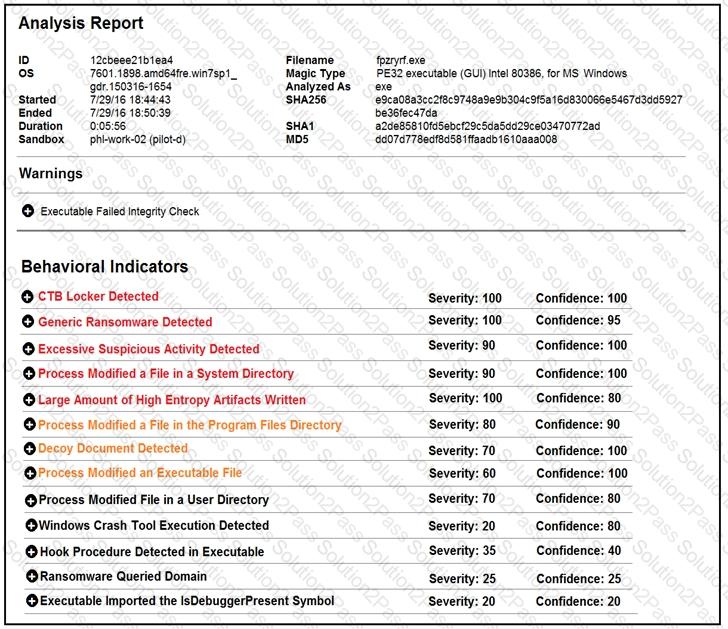
Cisco Advanced Malware Protection installed on an end-user desktop has automatically submitted a low prevalence file to the Threat Grid analysis engine for further analysis. What should be concluded from this report?
An organization had an incident with the network availability during which devices unexpectedly malfunctioned. An engineer is investigating the incident and found that the memory pool buffer usage reached a peak before the malfunction. Which action should the engineer take to prevent this issue from reoccurring?
Drag and drop the NIST incident response process steps from the left onto the actions that occur in the steps on the right.
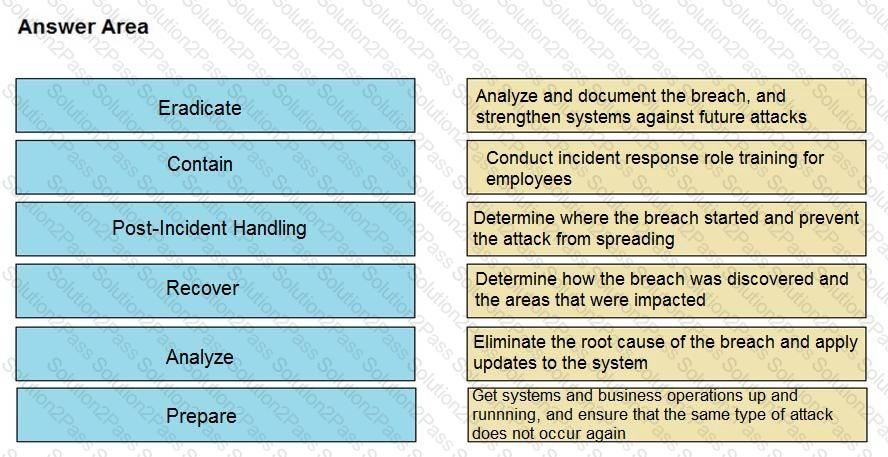
Drag and drop the components from the left onto the phases of the CI/CD pipeline on the right.
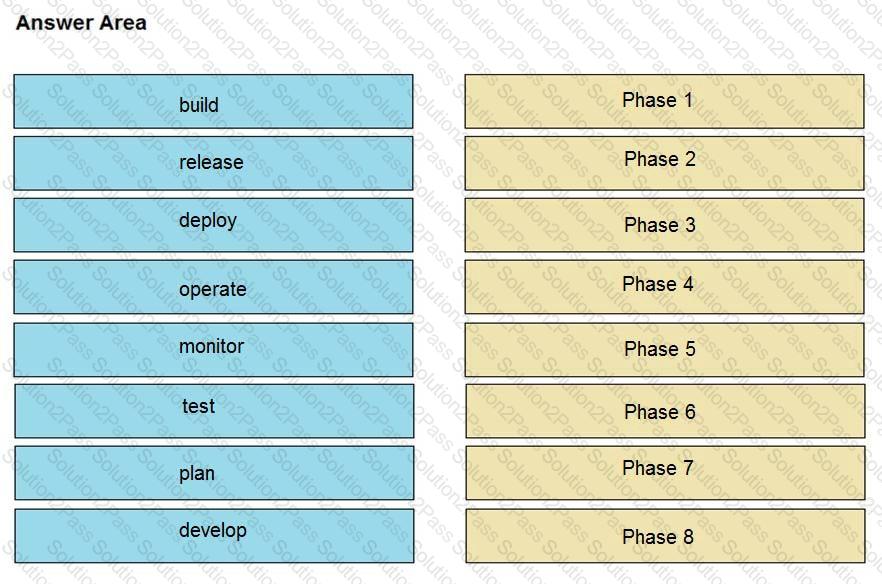
What do 2xx HTTP response codes indicate for REST APIs?
An engineer received an alert of a zero-day vulnerability affecting desktop phones through which an attacker sends a crafted packet to a device, resets the credentials, makes the device unavailable, and allows a default
administrator account login. Which step should an engineer take after receiving this alert?


